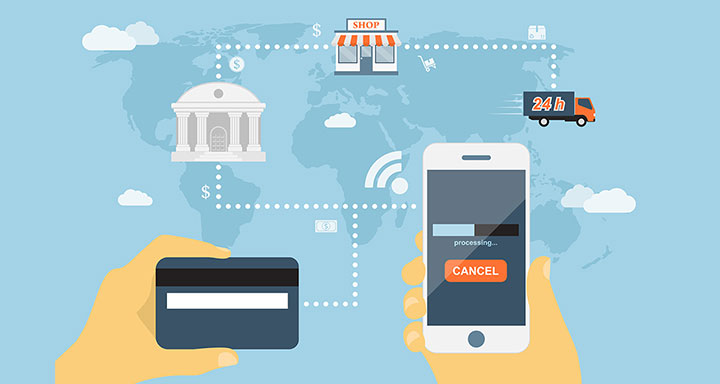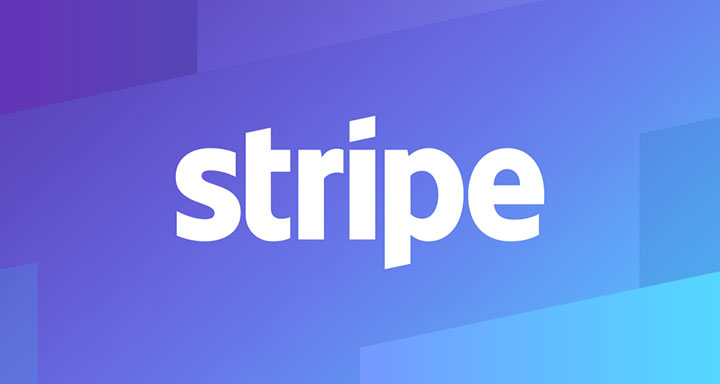Like every other online business, you are looking to bring safe and straightforward methods of payments for your clients to be able to purchase your products or pay for your services. DYSC has created this guide to show you through different methods of Online Payments to make this possible.

However, what is a Payment Gateway?
Well, if you are looking to accept card payments online, you will require three things.
Your customers will browse and look for different products on your website. This is why a Shopping Cart will be required for your online business to allow your clients to take the products to a checkout process.
You will require a Merchant Account to help you keep track of all your card transactions and deposit cleared funds into the bank account of your online business.
Last but not least a Payment Gateway. The purpose of the Payment Gateway is to create a link between your Website and your Merchant Account. Helping you encode the payment details for your customer’s transactions and ensure a secure transfer and processing of the payments for your products.
Online Payments: Payment gateways comparison.
Like every other online business, you are looking to bring safe and straightforward methods of payments for your clients to be able to purchase your products or pay for your services. DYSC has created this guide to show you through different methods of Online Payments to make this possible. However, what is a Payment Gateway? Well, if you are looking to accept card payments online, you will require three things.
1.Your customers will browse and look for different products on your website. This is why a Shopping Cart will be required for your online business to allow your clients to take the products to a checkout process.
2.You will require a Merchant Account to help you keep track of all your card transactions and deposit cleared funds into the bank account of your online business. 3.Last but not least a Payment Gateway. The purpose of the Payment Gateway is to create a link between your Website and your Merchant Account. Helping you encode the payment details for your customer’s transactions and ensure a secure transfer and processing of the payments for your products.
However, how does this work?
Through different steps, this is what happens in a usually in seconds when one of your clients performs a purchase on your website.
●As soon as the customer makes the Online Payment to your website, the information becomes encoded by the customer’s browser through a Secure Socket Layer and, then it is sent to the Merchant’s Account server.
●Once received, your websites Merchant Account will send the details through the Payment Gateway while adding another layer of encoding to make it more secure.
●As soon as the Payment Gateway obtains the payment details from the customer’s purchase, it will send them to the Online Payment Processor by the Merchant Account Provider.
●The Processor will then send the payment details to the card company that will then reach the customer’s card issuer.
●With all of the steps done before, the card issuer will then receive an authorisation request and decide if the purchase will proceed or not. If the customers have enough credit on their account and the security details are the correct ones, the issuer will then grant the authorisation for the transaction. If not they will provide a code explaining the reason for the rejection.
●Finishing with the Payment Gateway receiving the issuer response and take it as a relevant message on the merchant’s business site. Payment gateways allow your online business to receive Online Payments more securely for you and your customers, depositing payments directly into your bank account.
All of this can, of course, be hectic with some many payment methods out there and so many different Payment Gateways at your disposal. All of them charging separate transaction and percentage fees or monthly costs.
We've put together a list comparing what we believe are the three most popular gateways that we recommend to you.
However, let's first talk about the two major types of gateways available for you.

Onsite Gateways.
An onsite payment gateway allows your business to receive Online Payments directly through your website. Meaning customers enter their payment information on your site and won’t be redirected to the payment gateway providers website, making it all more comfortable for you and your customers while granting quicker access and payment methods. However, we really need to talk about the pros and cons of each one of them too.
Offsite Gateways.
The offsite Gateways will take the customer away from your website and lead them to the payment gateways provider website to receive the payments.
It is essential to understand the difference between the different gateways and which one will perform better for your online business in order to manage the Online Payments. Ask for advice, do your research as is very important to choose the perfect Payment Gateway as it could definitely mean lower or higher income with payment transactions for your business.
Comparison
Many of you have heard about popular brands such as PayPal, Sage Pay and Stripe. Which are the three we are going to mention today as we believe they are the best for online business nowadays? When you are choosing a Payment Gateway, transaction fees, monthly payments and card types are very important to keep in mind. However, it is also essential to pick one that can integrate with the kind of website and business you are managing while also offering a good back up support.

Paypal
Probably the one we have heard the most is the world famous Paypal, recognised and trusted by many internet users while doing purchases and transactions on Online Payments. However, there is always the problem with clients thinking they require a Paypal account to proceed with transactions. This is nothing but a myth. Customers can decide if they want to use their PayPal account or pay using the debit or credit card by inputting the details on the Paypal Gateway. It is an excellent option for businesses online that are starting out, accepting online payments straight away. Paypal also offers the opportunity to customise your checkout page for the comfort of your users. PayPal comes with the benefits of counting with two payment methods. The Paypal standard which is the offsite gateway and the PayPal Pro which would be the Onsite explained above.
Both of them are very easy to manage and very user-friendly for you and your customers alike. Offering great support and adding new updates frequently and changing the interface of the Gateway to make incoming transactions easier to spot and understand.

SagePay
Coming with an astonishing accounting software, SagePay is one of the biggest payment Gateways providers in Europe and, its payment Gateway is considered one of the best. Offering two different types of service packs: The business package for small and medium-sized businesses and the Corporate for the larger companies and public sectors. Both of them allowing you to accept major credit and debit card Online Payments among 25 different currencies. A trustworthy and excellent option when dealing with varying queries of payments and setting up with them initially.
The significant advantage of SagePay is that they not only accept online payments, it also gives the customers the options to make purchases over the phone and through EPOS systems.
SagePay Set Up Fees: £0 officially, although they will charge £20 to register your PCI DSS certificate.
SagePay Standard Fees: it can go between £19.90 for 350 transactions per month (Corporate Package have bespoke pricing)

Stripe
Stripe is maybe less known to the everyday customer when comparing them with PayPal or Sagepay but not because of that we think is worse or shouldn't be recommended as it is equality brilliant as the other two. Stripe is the newest of the Payment Gateways recommended today. Established in 2010; it has grown in size and popularity in astounding rates thanks to the minimal effort that it gives the clients when integrating with their Online Business. Stripe can be different from other Gateway providers in the UK allowing it’s Payment Gateways in a range of API’s (application program interfaces). The API is a set of encoding lines that the clients and website developers use to integrate the customers Online Payments into the Online Shop giving you full control of your payment page.
Stripe accepts all major credit and debit cards in more than 100 different currencies. While making the signing up for this payment gateway to be a lot simpler when compared to the other options, we have talked about. As for one of the downsides of Stripe. It only allows the client and customers to take onsite payment options. However, this doesn't make it worse, the rich features and the simplicity of the monthly subscriptions payments and recurred billing makes up for the whole Onsite Payment option.